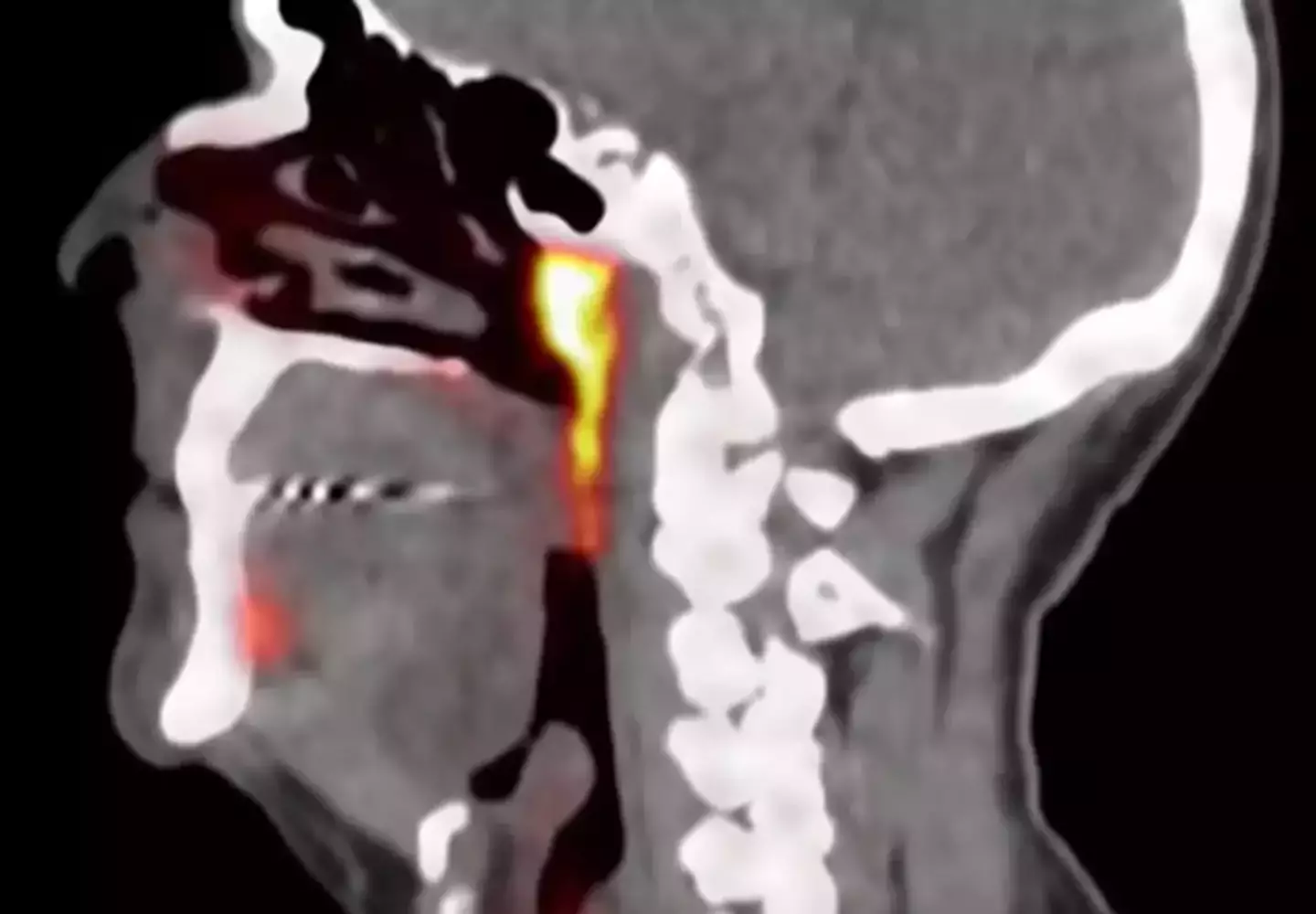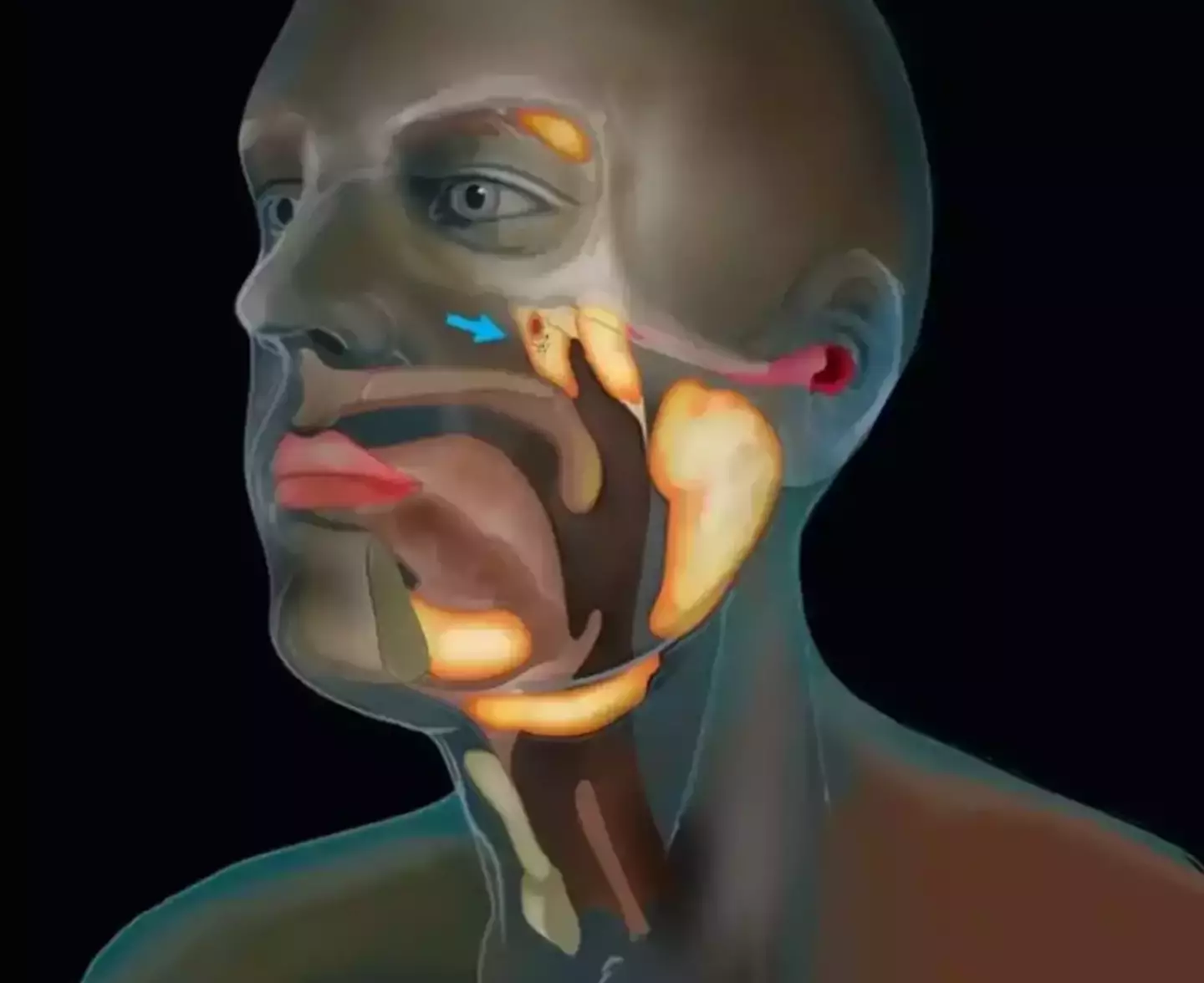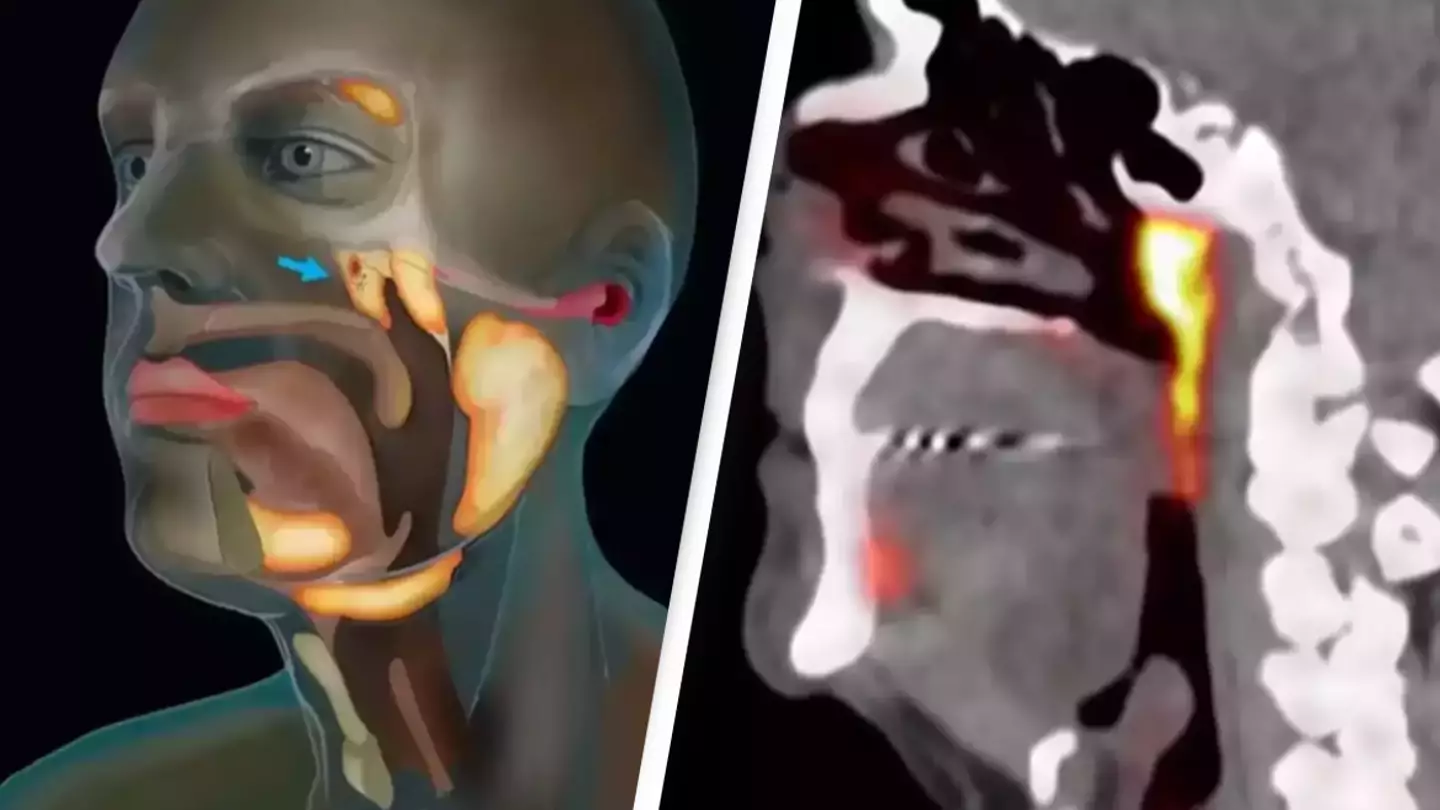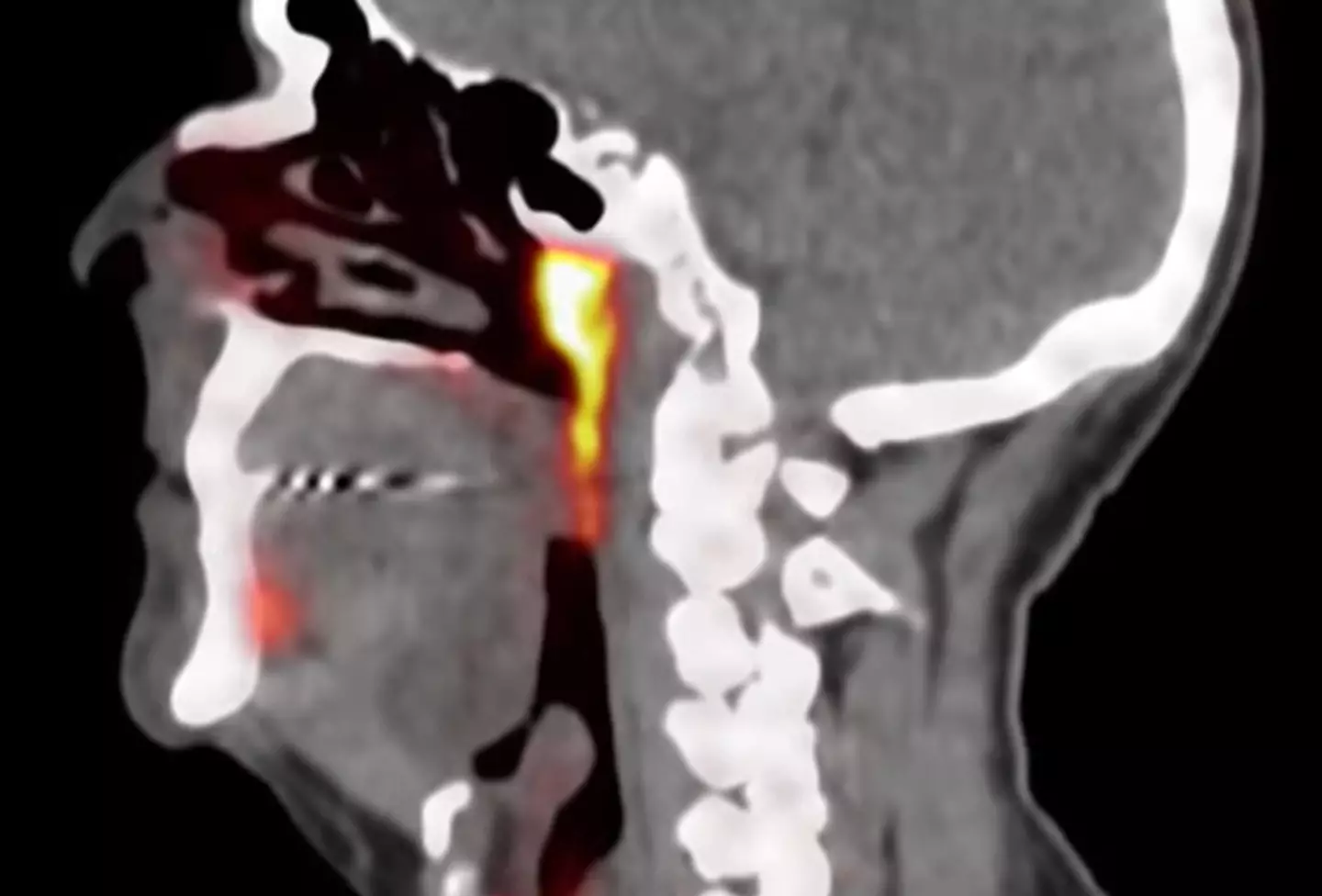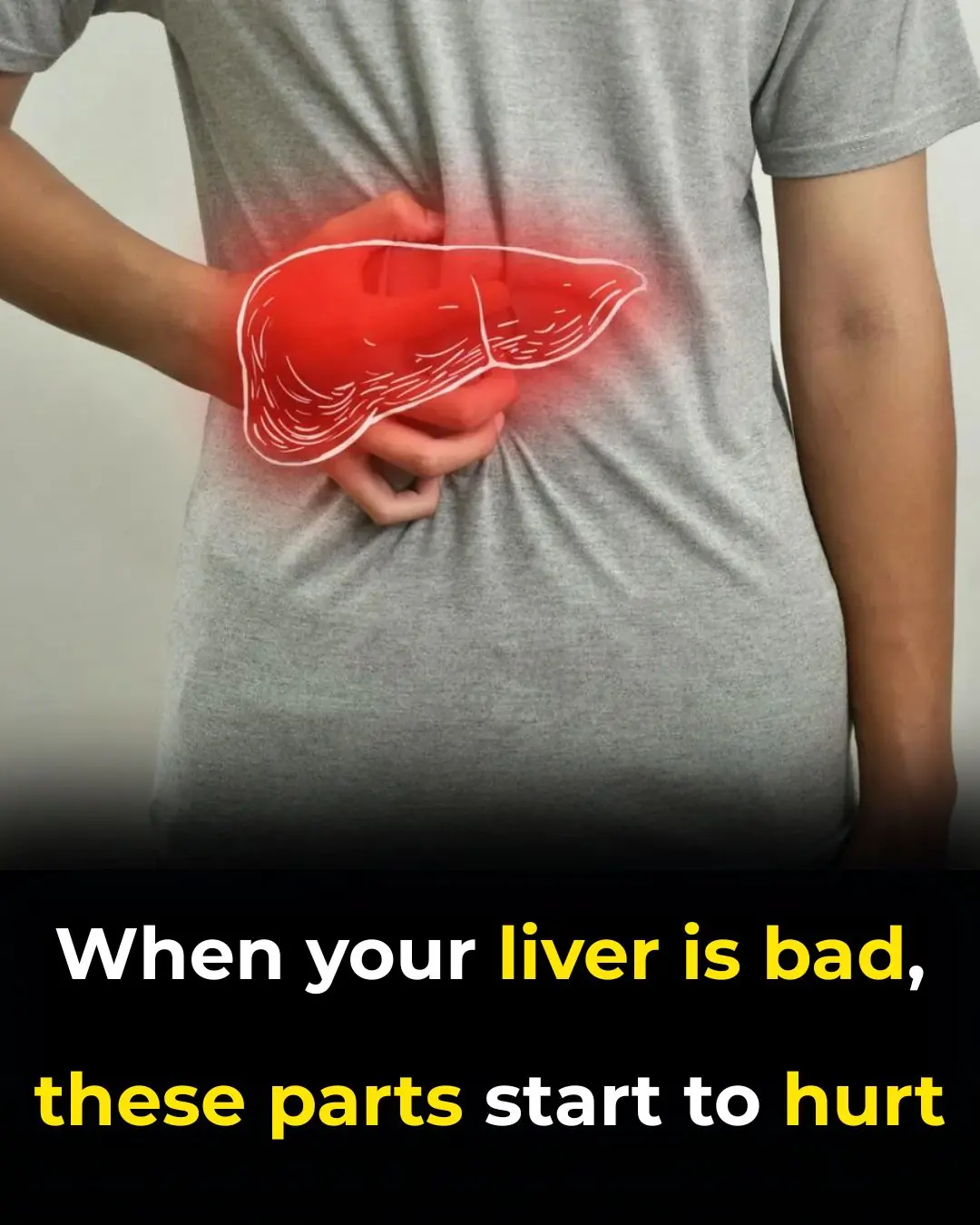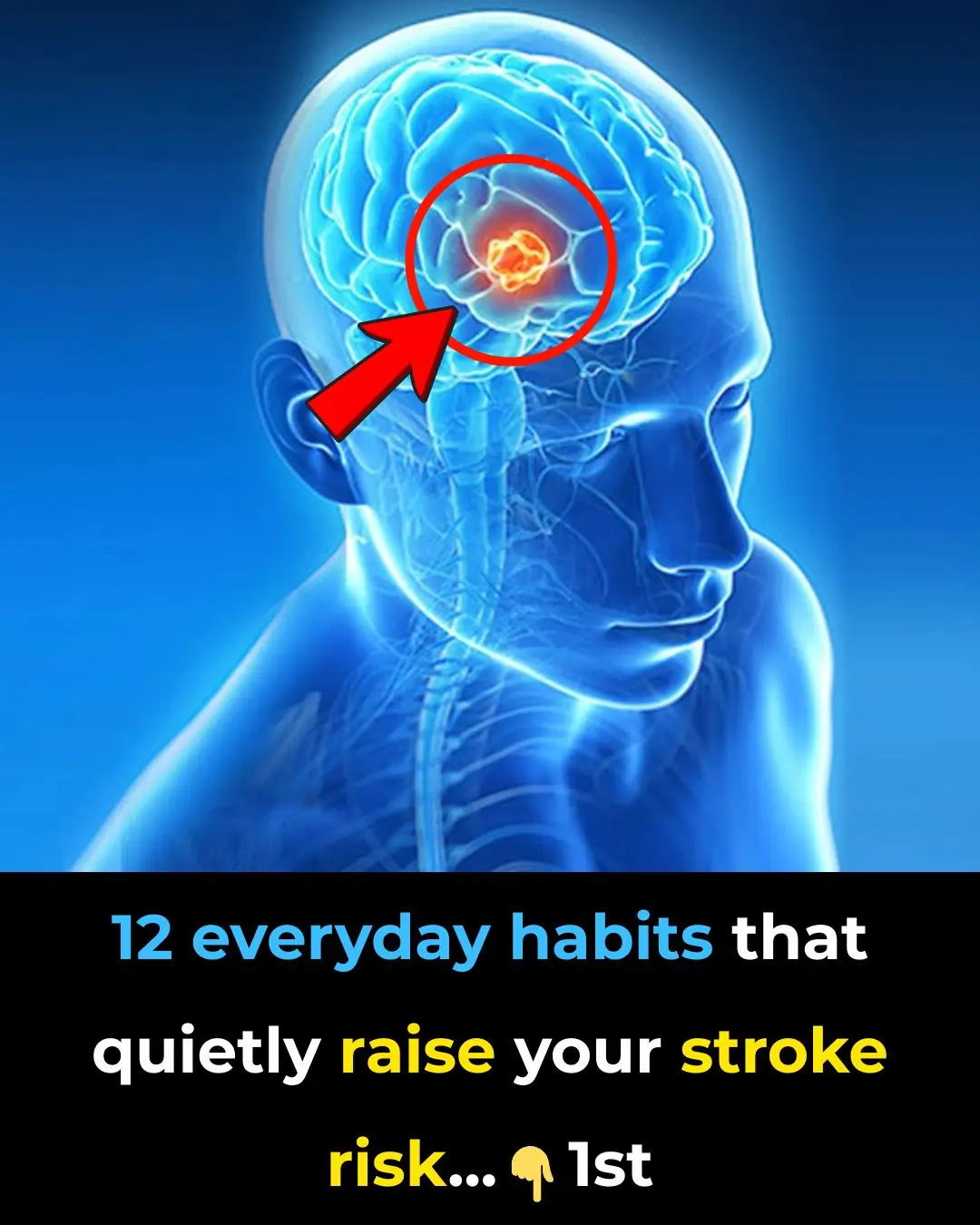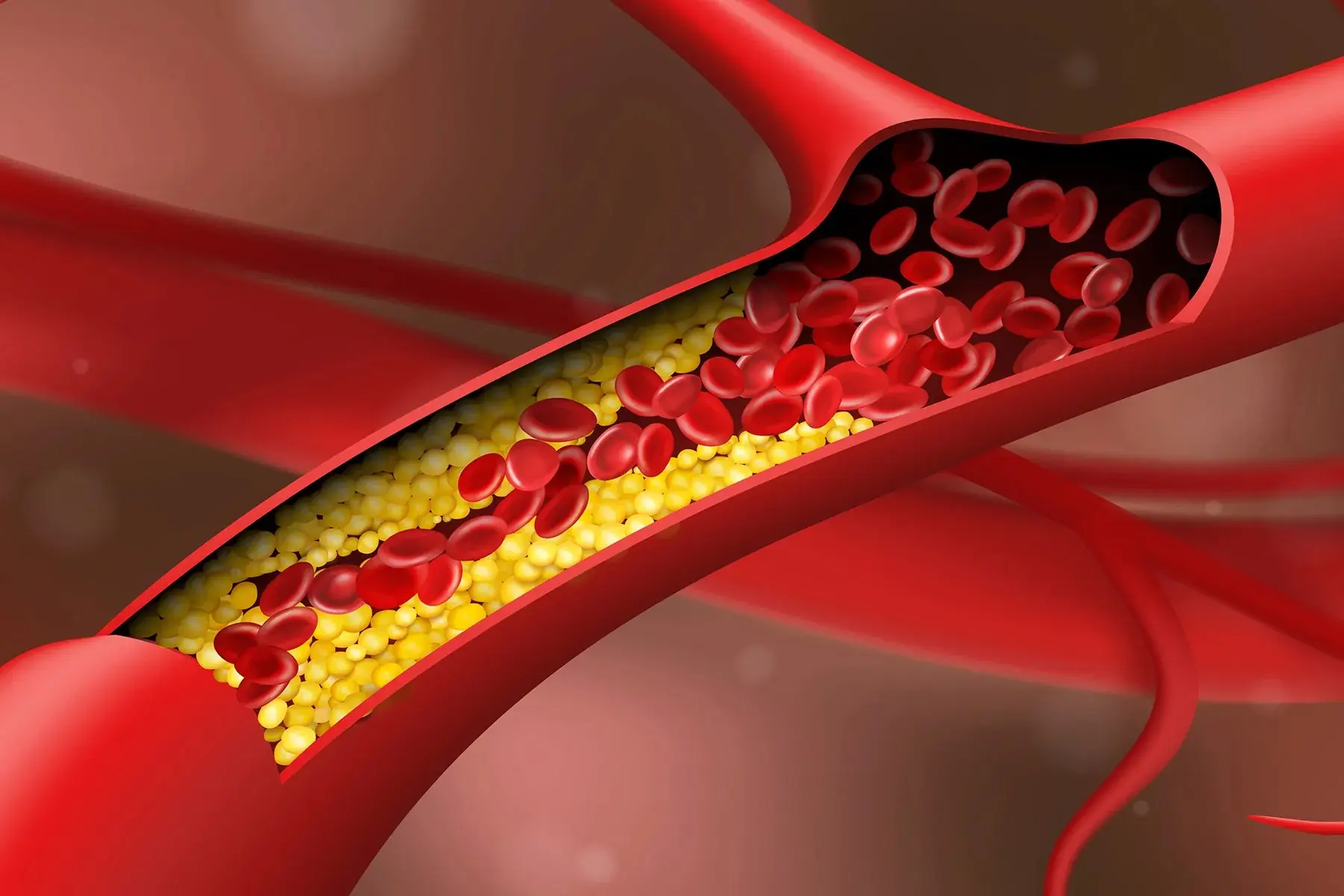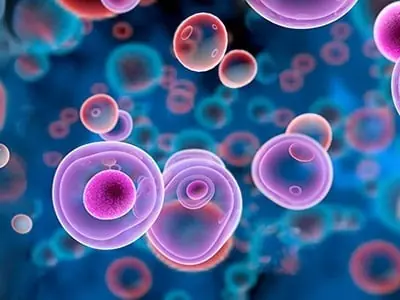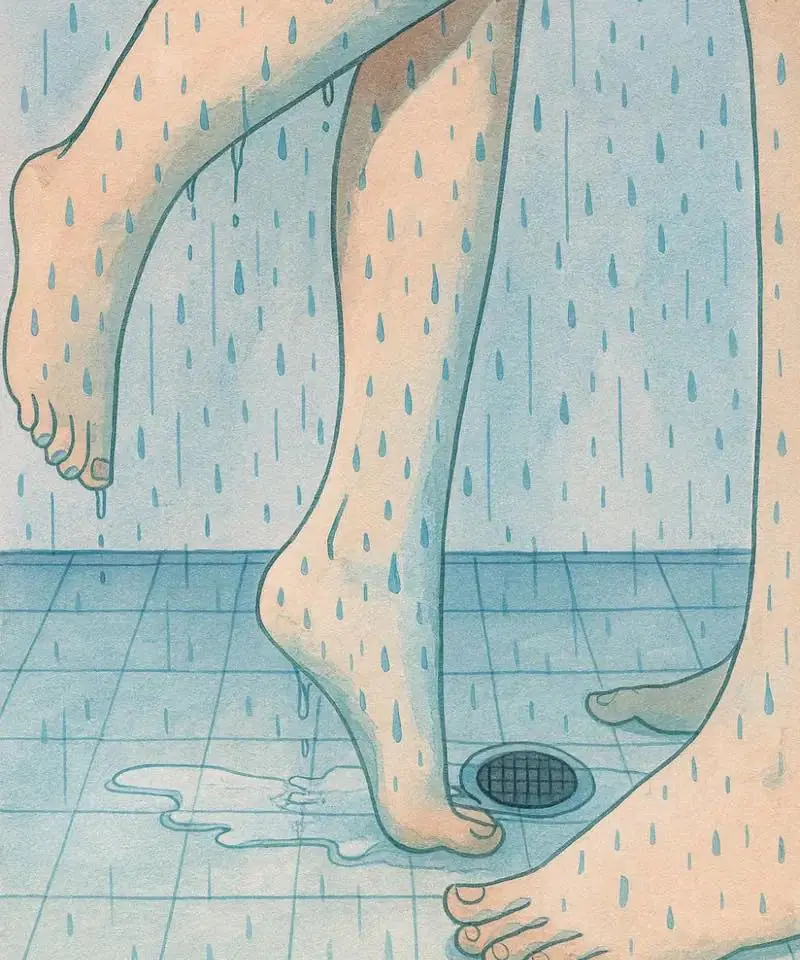A recent study looked into what happens with brain activity of clinically dead patients, and Dr Stuart Hameroff, anaesthesiologist and professor at the University of Arizona, has offered his insight into the matter.
For the study, small sensors were placed on the brains of seven extremely ill patients who had just minutes left to live.
The complex devices captured each patient's blood pressure and heart before it ultimately dropped to zero and the individual passed away.
And as part of the results, an electroencephalogram (EEG) revealed a strange burst of energy that seemed to occur after death.
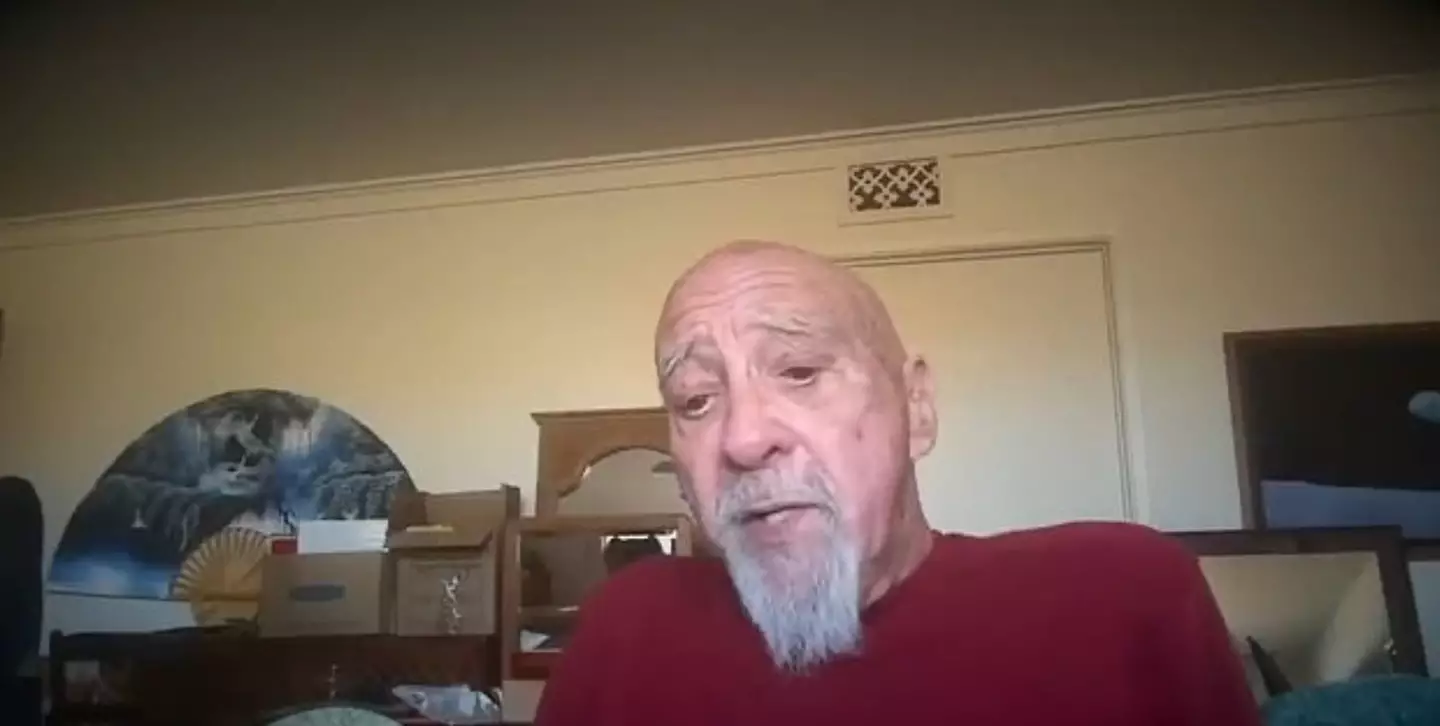

Hameroff told Project Unity: "They saw everything go away and then [psh] you got this activity when there was no blood pressure, no heart rate.
"So that could be the near-death experience, or it could be the soul leaving the body, perhaps."
The professor argues the motion could be consciousness leaving the body, with the expert claiming such is 'the last thing to go' during the dying process.
“The point is it shows that consciousness is actually, probably, a very low energy process,” he added.
"This has been a fairly reproducible event, not 100% like 50% of patients show this when you measure it."
Researchers stated in the study that the most possible explanation for the reading is that the bursts were released because the brain was deprived of oxygen.
Speaking about this theory on Through the Wormhole, a documentary series on The Science Channel, Hameroff added: "Let's say the heart stops beating, the blood stops flowing; the microtubules lose their quantum state.
"The quantum information within the microtubules is not destroyed, it can't be destroyed, and it just distributes and dissipates to the universe at large."


The expert continued: "If the patient is resuscitated, or revived, this quantum information can go back into the microtubules and the patient says 'I had a near-death experience.'
"If they're not revived, and the patient dies, it's possible that this quantum information can exist outside the body, perhaps indefinitely, as a soul."
In the ground-breaking study, the team of experts concluded: "In our critical care practice, we spend a significant amount of time with grieving families. In these interactions, we have found that the idea that 'something' happens at the time of death is comforting to the families."
Conversation27 Comments
Topics: Health, Science, Weird, Education
.png)
.png)



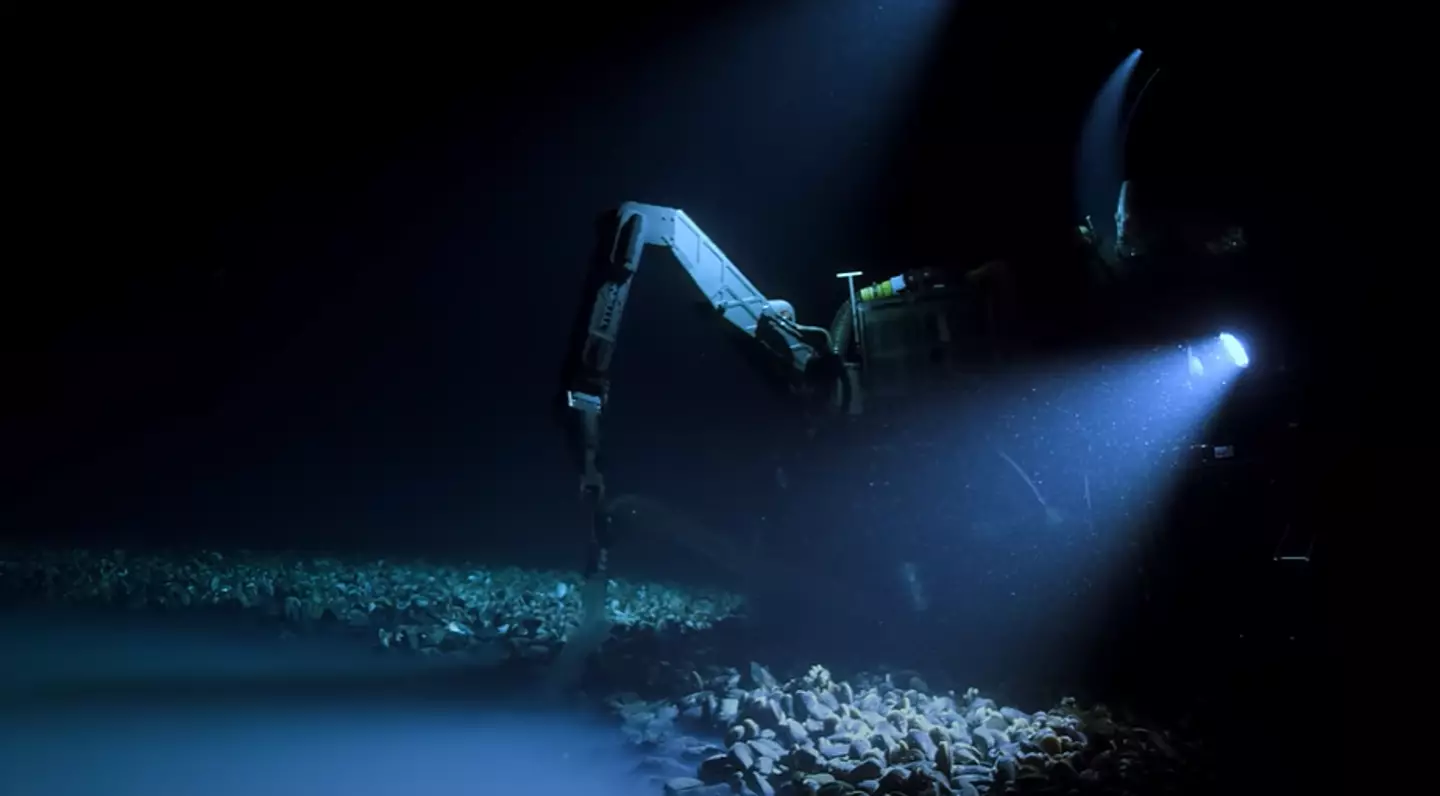

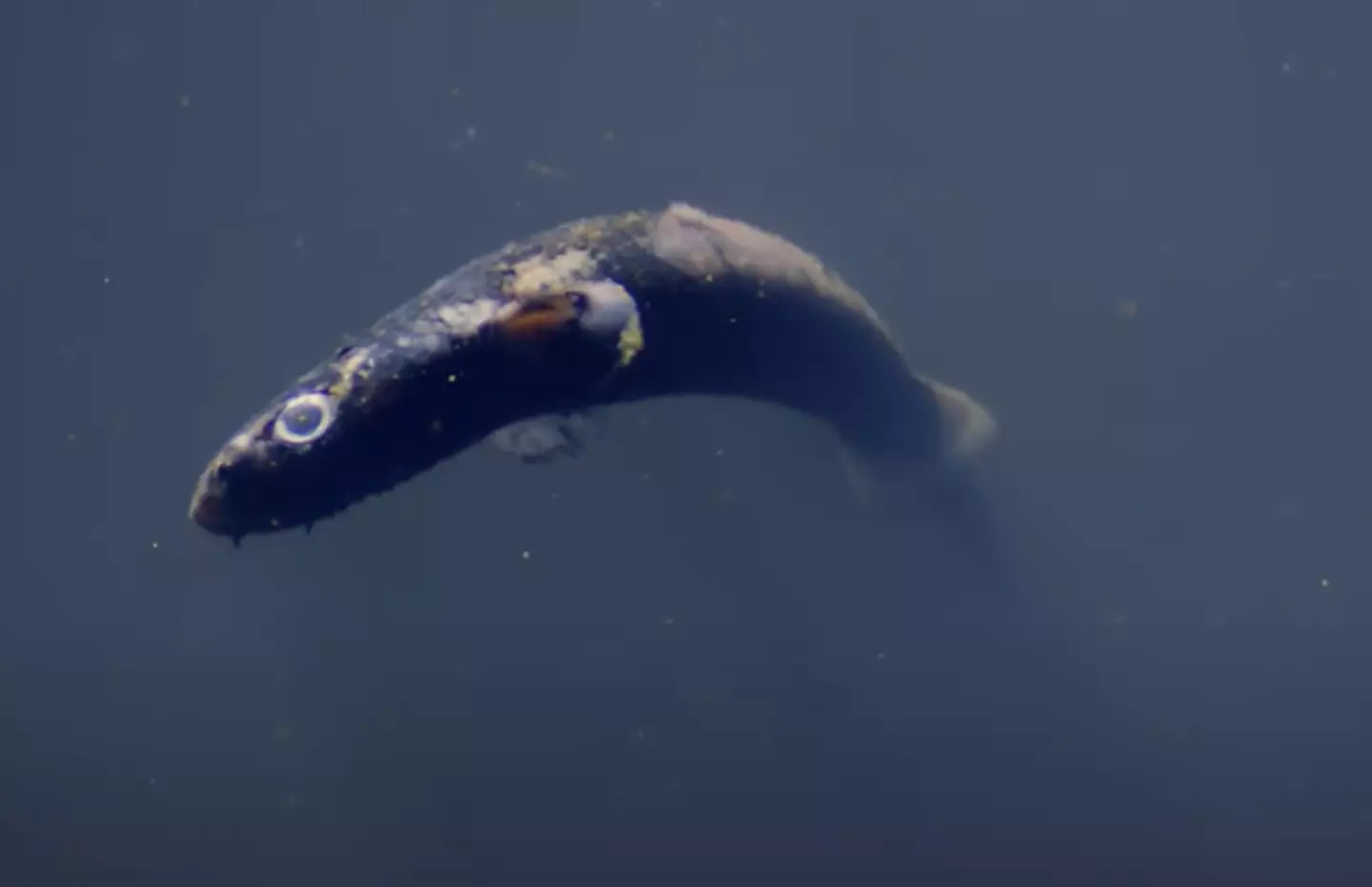

.webp)
.webp)
